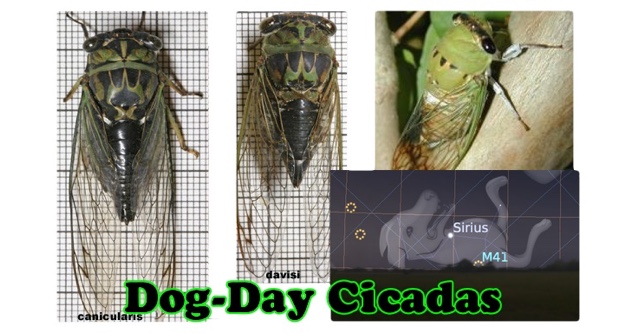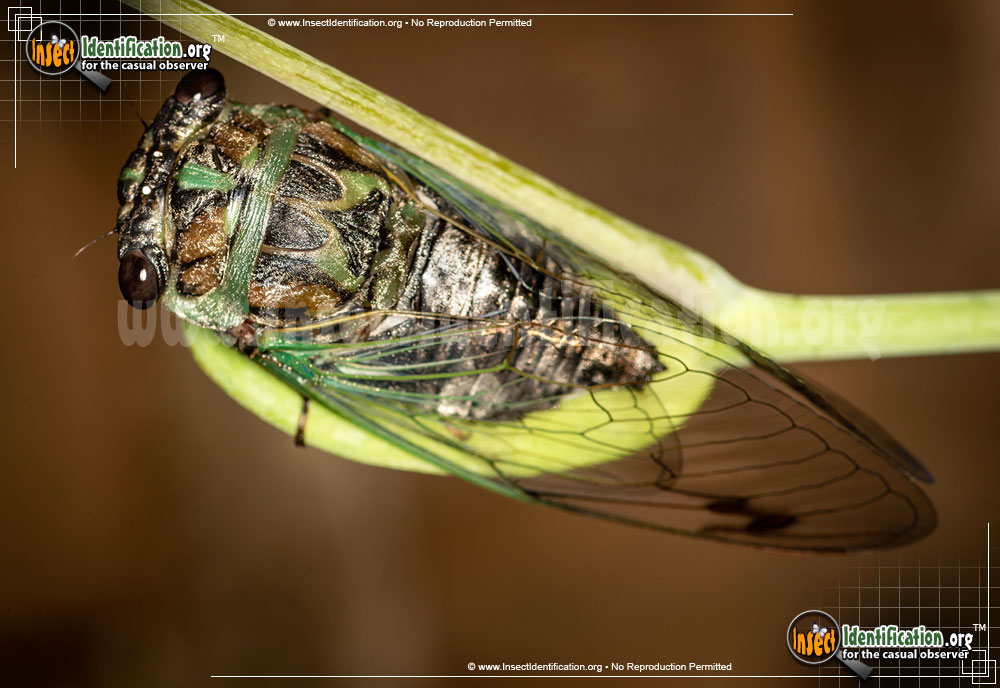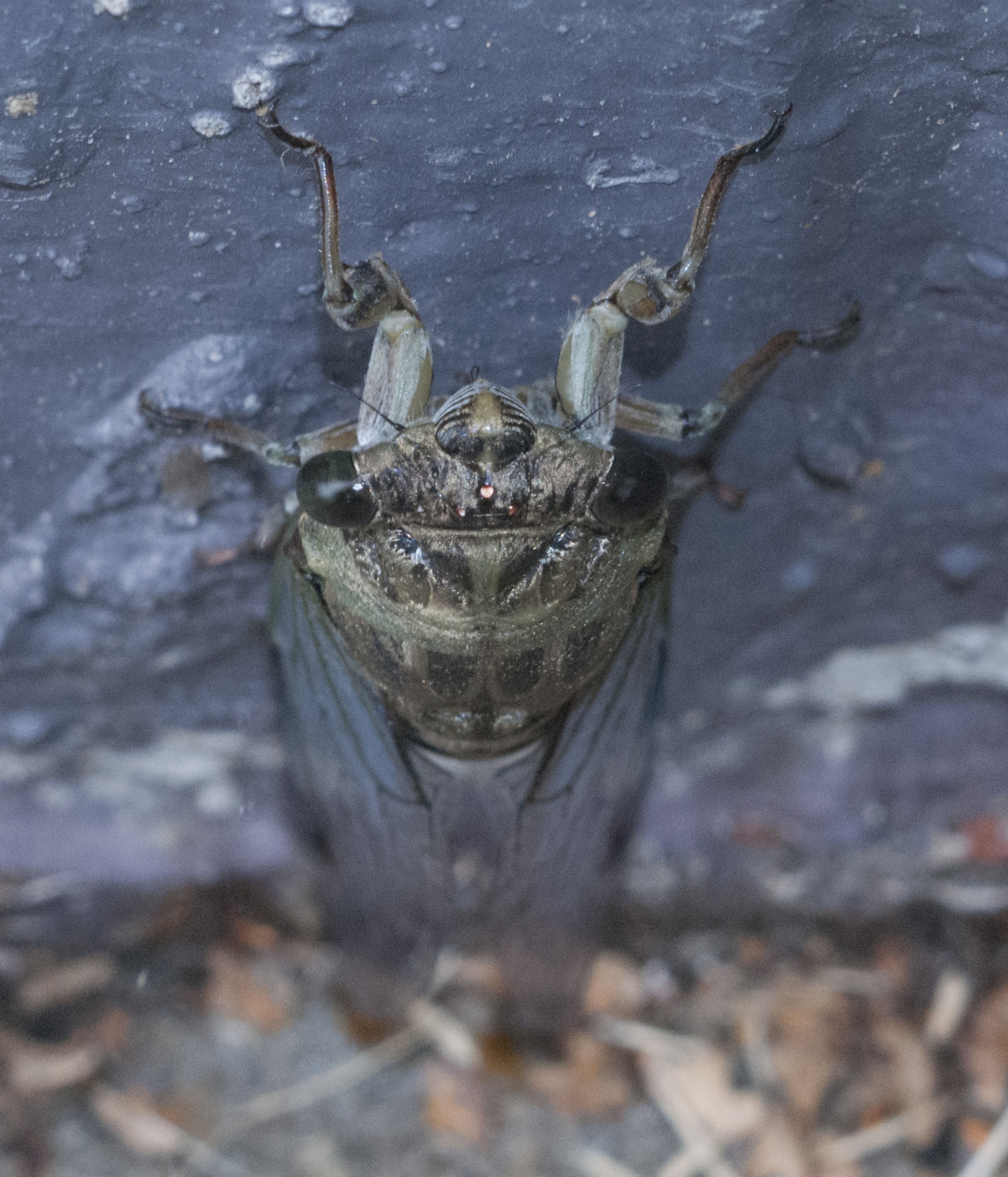
Annual cicadas are known as such because groups of them emerge every summer and are responsible for the drone that so many southerners and midwesterners associate with late summertime (specifically late June to August). North American cicadas are broken into two categories: annual/dog day cicadas and periodical cicadas. Upon reaching a certain size the infant cicada will fall to the ground and bury itself, beginning the cycle once again. Flagging occurs if the grooves, along with the baby cicadas’ hunger kills the branch. The groove allows for easy access to the fluids inside the branch for the emerging cicadas to feed on, as well as providing the younglings with shelter. Females, upon impregnation, will use their ovipositor (a tube like appendage) to create small grooves to lay their eggs in woody tissues of plants. Cicadas will usually live five to six weeks above ground before dying. They use membranes in their abdomen called “tymbals” to produce this famous, obnoxiously loud sound. It is then that male cicadas will produce their famous sound to attract a mate. It is common for nymphs to undergo five molts over the course of several years before reaching maturity and emerging. These nymphs will feed off juices sucked from the roots of perennial plants in order to survive. Life CycleĬicadas are notable in their life cycle because they spend most of their adolescence underground, feeding off roots as “nymphs” before emerging to make a lot of noise and hopefully find a mate. Cicadas, (also known as Harvest Flies, Jar Flies, and incorrectly as Locusts) are a very loud insect of the order Hemiptera (true bug) who live in almost every part of the world.


This sound is of course the racatuous drone of the superfamily Cicadoidea.

However, amongst all the buzzing of crickets, bumblebees, and flies one sound pervades. The percussion of water droplets hitting leaves, the chirping of birds, the howl of wind, and of course the drone and rhythm of the insect community are integral to our sense of place in the wilderness. What really sets Master Gardeners apart from other home gardeners is their special training in horticulture.Natural ambient noise is like a hidden choir, the backing noise to every experience in the great outdoors. As County Extension Service volunteers, they give to the community by extending research-based knowledge and providing solutions in one-to-one problem solving, in a demonstration gardens and educational programs. Master Gardeners are volunteers, trained by Texas A&M AgriLife Extension in research-based horticulture including soils, water conservation, composting, entomology, plant pathology and related subjects.
#DOG DAY CICADA HOW TO#
Please click Join Us for more information about how to become a Galveston County Master Gardener. GCMGA serves residents of Galveston County, Texas, in cooperation with the counties’ AgriLife Extension office. GCMGA is not affiliated with any commercial enterprises.

Galveston County Master Gardener Association (GCMGA) is a voluntary, nonprofit, educational, literary and charitable association organized to support Texas A&M AgriLife Extension and the Texas Master Gardener Association.


 0 kommentar(er)
0 kommentar(er)
